As humankind pushes the boundaries of the final frontier, we cannot help but reflect on the legacy of the Apollo missions and their immense influence on our pursuit of cosmic understanding and exploration. Nearly half a century ago, these missions indelibly etched a path for mankind, leading us towards a future once only envisaged in the realms of science fiction. The Apollo missions not only revolutionized our knowledge of space but also dramatically shaped the trajectory for the burgeoning sector of space tourism. This narrative delves into the significant impact of these historical expeditions, and how their technological, inspirational, and regulatory contributions are steering the course of space tourism today and well into the future.
Contents
The Legacy of Apollo Missions
Significance of the Apollo Missions
The Apollo missions hold an incredible significance in the history of space exploration. They marked a major foothold for mankind’s endeavor to venture beyond the confines of the world. Conceived as an initiative by NASA, the Apollo program was a series of 12 manned missions that took place between 1968 and 1972. These missions not only pushed the boundaries of scientific knowledge and human courage, they also effectively won the “Space Race” that was born out of the geopolitical rivalry between the United States and the Soviet Union during the Cold War era.
Unforgettable Accomplishments
The crowning achievement of the Apollo missions was undoubtedly the landing of man on the moon for the first time in history, achieved by the crew of Apollo 11 in July 1969. With Neil Armstrong’s legendary first step on the lunar surface, mankind made a giant leap into a new era. The program concluded with Apollo 17 in December 1972, which marked the last time humans walked on the moon. Additional accomplishments of the Apollo missions include development of new technologies, deep analysis of the Moon’s geology, discovery of water on the moon, and the development of human skills necessary to work in the lunar environment.
Setting the Stage for Space Travel
The Apollo missions played a pivotal role in setting the foundation for modern space travel. The technological advancements, knowledge acquisition, and operational experience gained from these missions paved the way for future space exploration, including both robotic and human missions. This includes the creation of the Space Shuttle, the International Space Station (ISS), and more recently, the commercial and civil spacecraft aiming for Luna, Mars, and beyond.
Influence on Future Space Tourism
From a certain perspective, the Apollo missions also marked the nascent beginnings of space tourism. The public’s interest in astronauts, space missions, and lunar landings sparked a curiosity and fascination about outer space that still lingers today. This interest and fascination is a primary factor that fuels the nascent industry of space tourism. Commercial companies like SpaceX, Blue Origin, and Virgin Galactic are already working towards making space tourism a reality, leveraging much of the knowledge and infrastructure that was developed during the Apollo era.
Laying the Groundwork for Advancements in Space Tourism
Without the groundbreaking missions of the Apollo era, the concept of space tourism would likely remain a dream. The technological challenges tackled, the operational experience gained, and the scientific knowledge obtained during these missions have undeniably laid the essential groundwork to make space tourism achievable. From landing humans on the moon to fundamentally altering mankind’s understanding of the universe, the Apollo missions continue to influence the direction and pace of advancements in space tourism.
Final Thoughts
The influence of the Apollo missions stretches far beyond their historical timeline. Their ripple effects continue to shape the future of space tourism, marking it as an unavoidable element in our future. By making space exploration a reality, the Apollo missions presented the possibility of a universe teeming with opportunities, thereby inspiring generations to dream of exploring the moon, stars, and beyond.
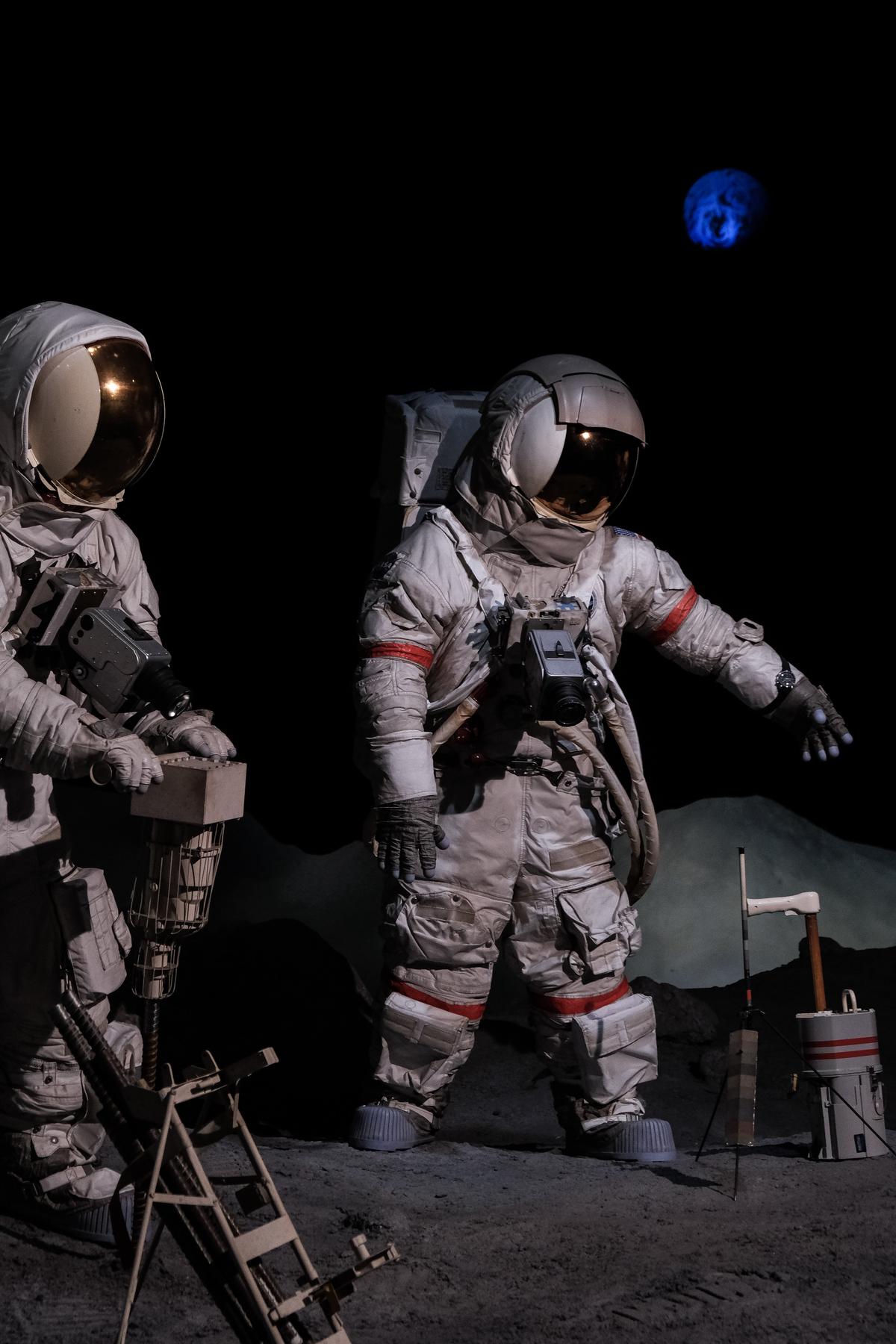
Photo by joehan330 on Unsplash
Technological Advancements Stemming from Apollo
A Brief Historical Review
NASA executed a total of twelve Apollo missions, marking the first manned lunar expeditions, which occurred between 1968 and 1972. It was within these pioneering missions that men first set foot on the moon. Integrated with cutting-edge technology, including complex spacecraft systems, innovative computer systems, and life-support systems, the Apollo missions succeeded in advancing our scientific understanding of space. More than that, they served as the lodestar for conceptualizing space tourism, laying a robust foundation for its possibilities.
Technological Advances and Space Tourism
The Apollo missions necessitated the development of numerous groundbreaking technologies that have had a significant influence on the space tourism industry. The Saturn V rocket, for example, which was created to launch the Apollo missions to the moon, played a crucial role in furthering human exploration of space. Its seamless blend of power, accuracy, and reliability provided a strong foundation for subsequent developments in rocketry, making human access to space a more feasible concept.
At the heart of the Apollo spacecraft was the Apollo Guidance Computer, a fundamental innovation that drastically enhanced the potential for space exploration. This computer was integral to navigation, control systems, and data collection throughout the missions. Today, similar computer systems are critical in the operation of spacecraft, enabling space tourism companies to conduct safe and precise voyages to outer space.
Life-Support Systems
The advancements in life-support systems made during the Apollo missions also played an important role. The lunar module and the Command Module were both installed with comprehensive life-support mechanisms that regulated air supply, temperature, and humidity levels. Current space tourism initiatives have built on these early technologies, with modern spacecraft boasting state-of-the-art life-support systems that ensure a comfortable experience for space tourists.
Communication Systems
Enhanced communication systems were another area of advancement during the Apollo missions. The original moon missions were reliant on an array of complex radio and radar systems. These systems have been refined and updated over the years and are a crucial part of any space mission, including those pertaining to space tourism, allowing for constant and secure communication links between spacecraft, command centers, and space tourists.
Conclusion
The Apollo missions served as a seminal milestone for the burgeoning space tourism industry. By laying a vital groundwork and achieving landmark accomplishments, these historical missions broadened our comprehension and potential for space exploration. The technologies born out of these missions have since been honed and built upon, thus playing a pivotal role in today’s space tourism industry. As a result, cosmic exploration has become an enticing and achievable prospect for potential space tourists.
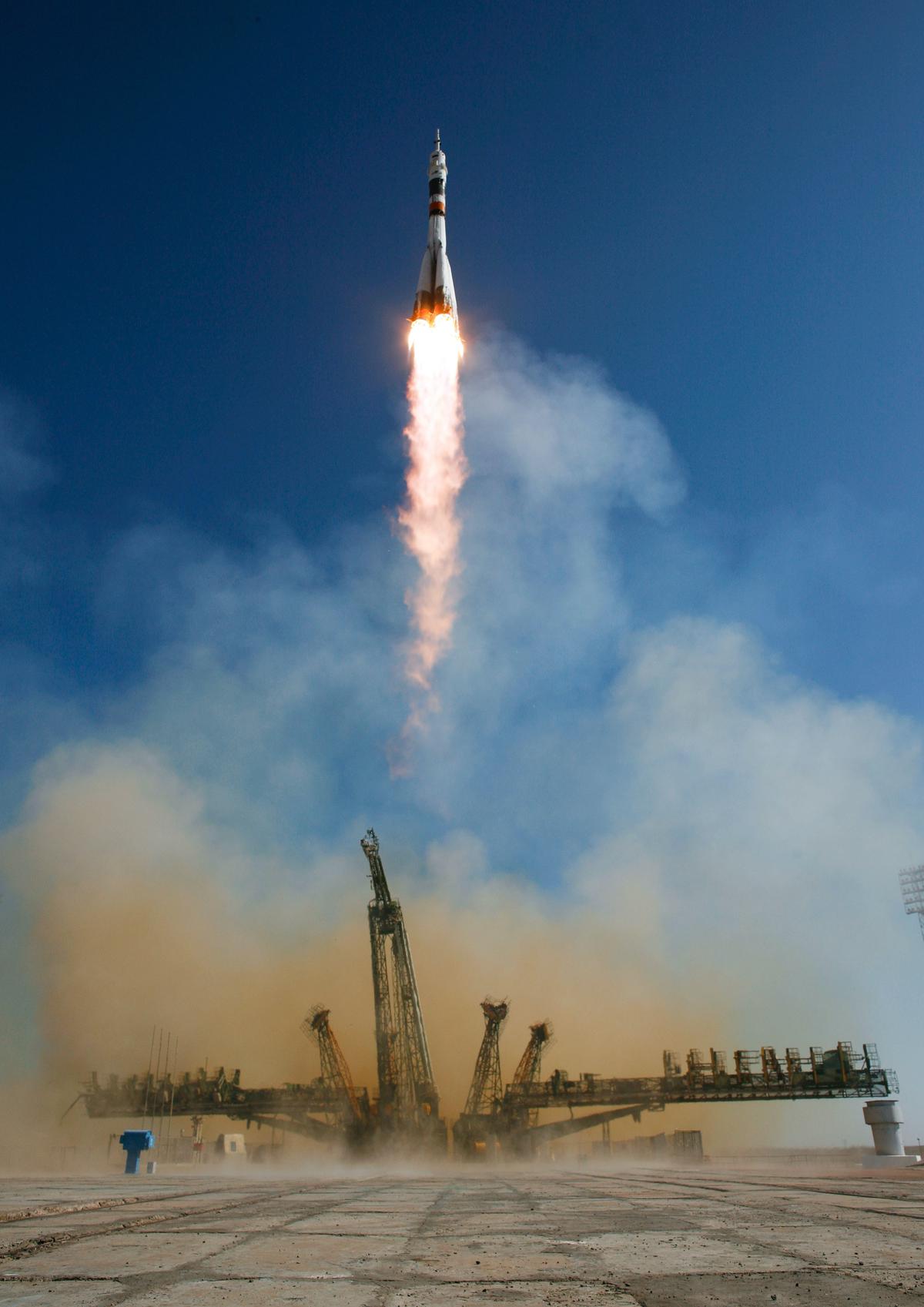
Inspiration and Public Interest
The Apollo Missions: Pioneers of Possibility
Between 1961 and 1972, NASA launched the Apollo missions — a revolutionizing lunar exploration endeavor. The impact these missions had extended beyond just scientific discovery and political motivation, mystifying the public’s perception and inciting an inexhaustible interest in space exploration. The Apollo 11 mission, witnessed by millions via television, featured Neil Armstrong and Buzz Aldrin taking our first steps on the moon’s surface. This inspired many to see the Apollo success not only as a significant testament to human capability but as an awe-inspiring journey of frontiers that broadened the boundaries of the possible.
Nurturing Enthusiasm for Space Travel
Prior to the Apollo missions, space remained a realm encased in enigma, away from the understanding and reach of ordinary people. The missions, however, bridged this gap dramatically. The astonishing images of Earth from space and the moon surface, broadcasted to households worldwide, fostered a new enthusiasm and piqued mass interest in space travel. This interest wasn’t just confined to the scientist or astronaut – it reached the general public inspiring dreams of one day experiencing space firsthand.
The Market Demand for Space Tourism
As this enthusiasm and interest in space exploration crossed generations, a demand began to build in the market for civilian space travel, leading to the birth of the concept of space tourism. Inspired by the Apollo missions, people from every corner of the globe began dreaming about space travel. This ongoing fascination with space was a seminal force in laying the groundwork for what we now understand as space tourism.
The Rise of Private Space Companies
The Apollo missions’ legacy can be seen in today’s rising presence of private industries in the field of space exploration and tourism. Companies like SpaceX, Blue Origin, and Virgin Galactic, led by ambitious entrepreneurs, are now working towards making space travel a reality for the average person. These companies are driven by the same spirit of exploration and innovation that marked the Apollo missions—the desire to keep pushing the boundaries of what is possible.
Fathom the Future of Space Tourism
The Apollo missions’ profound influence on space tourism continues to echo into the future. The appeal and wonder evoked by these groundbreaking voyages ignited public interest, fostering a community eager and supportive of the burgeoning space tourism industry. Beyond inspiring the public, the technological trail blazed by these missions serves as the cornerstone for the construction of contemporary spacecraft. Fundamentally, without the successful Apollo missions, the concept of commercial space travel might have remained an elusive dream. The prospective future of space tourism greatly owes its existence to these significant past endeavors. As we approach a revolutionary era in space exploration—where space tourism becomes a commonplace experience, we are often drawn to reflect on the Apollo era’s contribution.
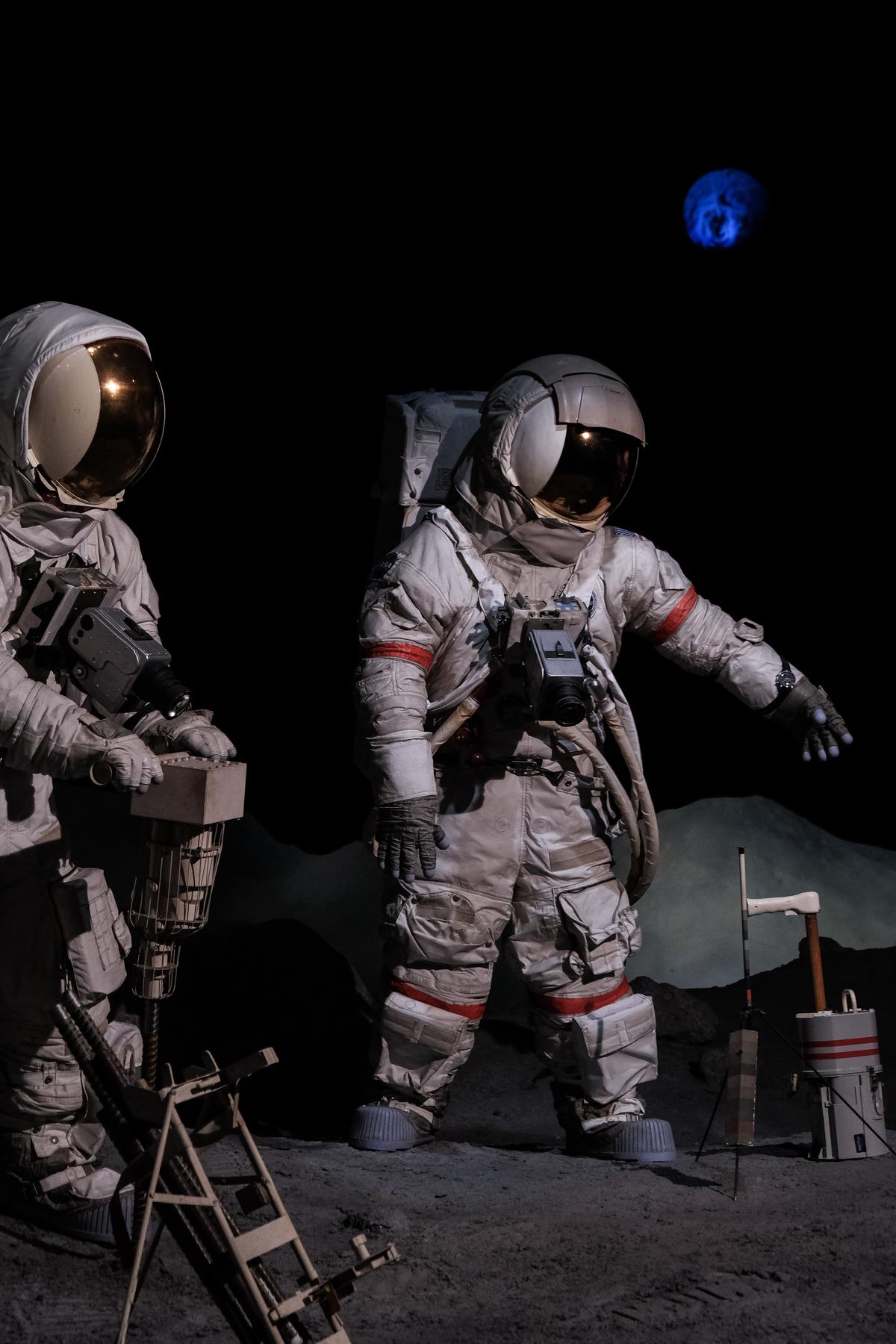
Photo by joehan330 on Unsplash
Regulatory Changes and Policies
Footprints of the Apollo Legacy
Eons before space tourism became a prominent concept, the Apollo expeditions had carved an unforgettable path in the realm of space exploration. These missions assembled monumental milestones, inducing awe and ambition that persistently shape our views of space travel. The Apollo legacy is far-reaching, inspiring not just space enthusiasts but also impacting policy formation related to space travel worldwide. Offering us a historic perspective, this legacy highlights how past achievements are influencing the upcoming phases of space exploration.
Space Laws and Regulations Amid the Apollo Era
As the Apollo missions proceeded and interest in space exploration expanded, it became apparent that proper regulations and legal frameworks were necessary to manage the potentially chaotic sector. The Outer Space Treaty, signed in 1967, remains one of the most significant legal outcomes affected by the Apollo missions and the Cold War space race. It established principles like the prohibition of territorial claims in outer space, the non-militarization of celestial bodies and the fair use of space resources. This provided an initial blueprint for the confines within which space activities, including tourism, were to be carried out.
Post-Apollo Regulatory Changes
In the years following the Apollo missions, further regulatory changes were introduced as technology advanced and the concept of space tourism materialized. In 2004, the U.S. government passed the Commercial Space Launch Amendments Act, delineating commercial human spaceflight. The Act reflects the legacy of Apollo in shaping space policy considering advancements in technology and private spacefaring interests.
Apollo’s Influence on Current Space Policies
The current space policies adopted by nations worldwide are governed by the principles laid down during the Apollo era. Still, the emergence of private space corporations like SpaceX and Blue Origin necessitate the amendment and creation of new policies. For instance, the FAA’s regulations for commercial human spaceflight operations, updated in 2020, were indirectly influenced by the framework set by the Apollo missions.
Apollo Mission and the Future of Space Tourism
The influence of the Apollo missions continues to be apparent in the future of space tourism. With the current wave of space commercialization, enterprises are operating within the framework established during the Apollo era, both technologically and legally. The example set by the Apollo missions has given impetus to the safety standards and regulatory environments conducive to the growth of space tourism.
A Look Ahead: Space Tourism and the Impact of Apollo’s Endeavors
As the world witnessed the Apollo missions conquering the realms of space, we realized nothing was impossible. Today, we are on the verge of making space tourism a reality, with Apollo’s influence evident all around us. From the formation of regulations to the leaps in technology and the ambition to turn space into a leisure destination, Apollo’s legacy shines brightly. This legacy acts as a catalyst, propelling the advancements in space tourism into the future.
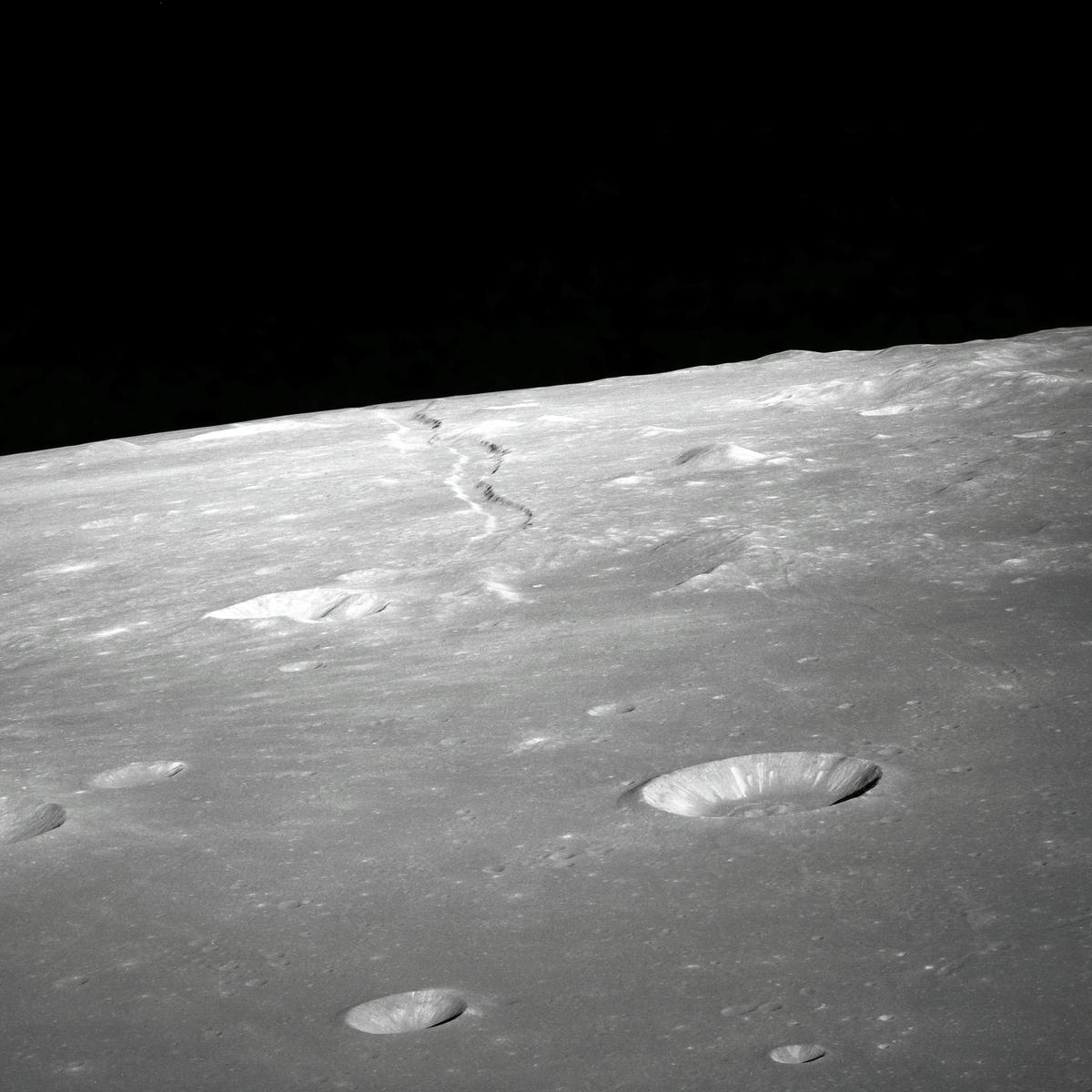
Future of Space Tourism
Apollo’s Inheritance: Knowledge and Technological Progress
The wide-reaching impact of the Apollo missions on the future of space tourism is crystal clear. The Apollo program not only stretched the boundary of conceivable space exploration from the initial lunar landings to the final termination but also provided crucial insights and progressions which, to this day, shape the path towards making space tourism a reality.
The knowledge and insight gained from the Apollo missions are invaluable. For example, engineers gleaned how to construct spacecraft safe for human transport to and from Earth, to execute fortunate launch and landings, and to preserve human life throughout the voyage. The advancements in resources used, designs pursued, and technologies utilized laid the groundwork for the contemporary space vehicles designed for space tourism.
Building on Apollo’s Technological Advances
Space tourism companies such as SpaceX and Blue Origin are drawing directly from the innovations developed during the Apollo missions. SpaceX’s spacecraft, for instance, utilizes a re-entry system that has its roots in the Apollo missions. The technique of using a heat shield to protect the craft from the intense heat generated when re-entering Earth’s atmosphere is one directly born out of the Apollo Missions.
The innovations of Apollo’s space missions also extend beyond hardware and engineering achievements to include advances in telecommunications and geolocation technologies, both crucial aspects of achieving a safe and secure tourist experience in space.
Similarly, Blue Origin’s tourism vehicle, the New Shepard, mirrors the Apollo missions’ vertical launch and landing procedure, underscoring the continued influence of the Apollo missions on the future of space tourism.
Predicted Growth And Opportunities In Space Tourism
The Apollo missions have not only provided the technological underpinnings for modern space tourism but have also inspired a sense of adventure and curiosity in humanity’s relationship with space. The interest in venturing beyond our planet and the willingness to invest in such ventures forecasts a burgeoning market and significant growth in the space tourism sector.
As private companies continue to capitalize on the technologies and learnings from the Apollo era, the future of space tourism is poised for exciting developments. The commercialization of space travel brings with it prospects of significant economic growth, potential for scientific advancements and research, and untold opportunities for entrepreneurs.
The Apollo missions, therefore, not only represent a historical achievement but also a leap forward into the future of space exploration and tourism. Their influence is deeply embedded in the pursuit of commercial space travel, shaping the direction and possibilities of space tourism industry at large.
Application In Future Space Tourism Initiatives
The future of space tourism, fueled by the legacies of the Apollo missions, includes short-term orbital flights, long-term stays at space hotels, and even lunar tourism. These initiatives rely heavily on the knowledge, experience, and technological advancements gained from the Apollo missions.
In addition to applying these technical learnings, future space tourism ventures also lean heavily on the spirit of adventure the Apollo missions instilled. The cultural influence of the Apollo missions, their spirit of exploration, and determination have paved the way for acceptance and excitement for these future space tourism possibilities. This influence is vital in attracting not only potential tourists but also investors to pioneer and fuel the growth of this sector.
To conclude, the Apollo missions’ influence on the future of space tourism is profound and enduring. From providing technical knowledge and innovative technologies to inspiring a spirit of adventure and exploration, the legacies of the Apollo missions are intricately linked to the blossoming future of space tourism.
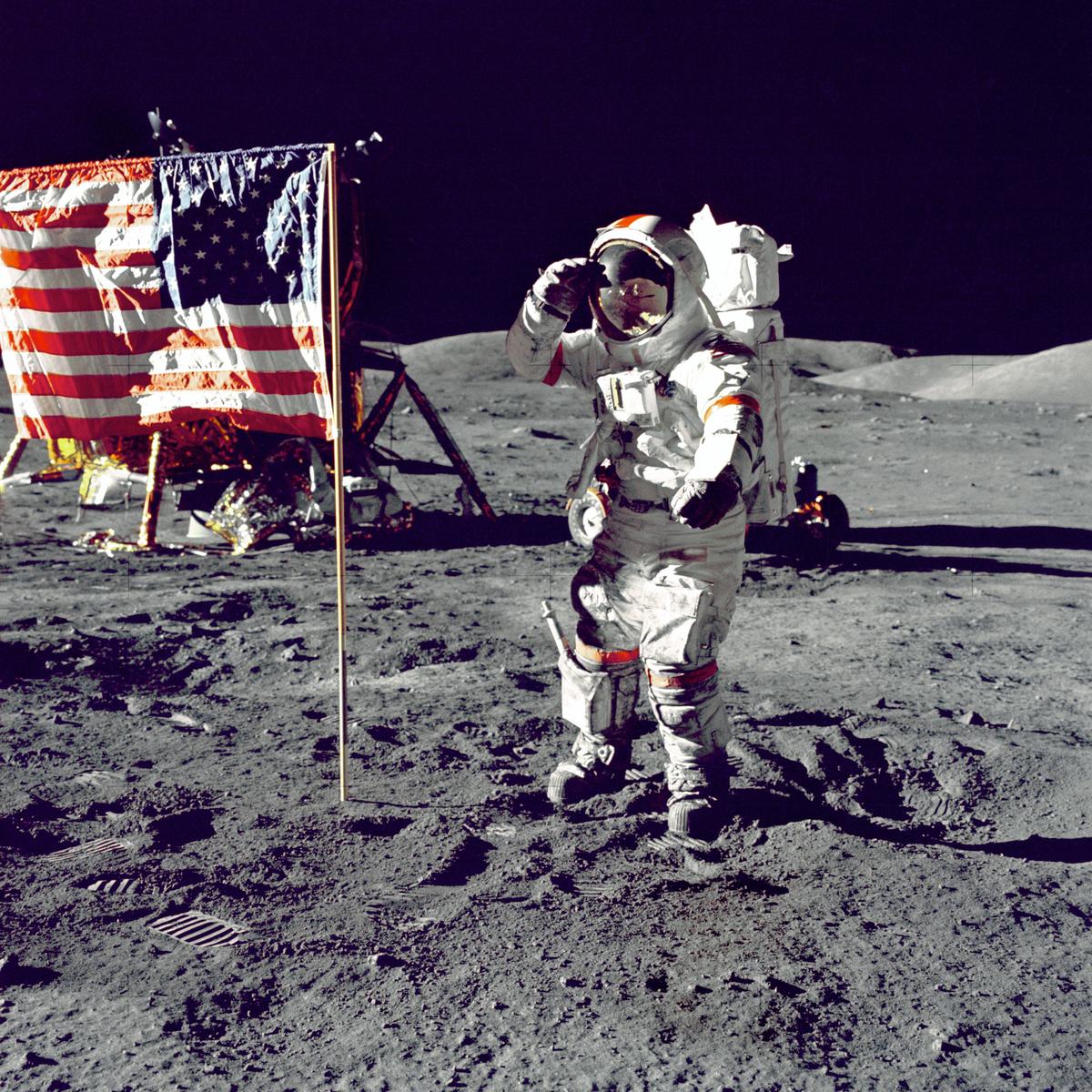
Reflecting on the Apollo missions’ monumental contributions affords us invaluable insights as we stand on the brink of turning space tourism from a dream to reality. The technological advancements born out of these missions have paved the way for viable spacecraft systems, the regulatory changes have set the stage for accountable space travel and, most importantly, the Apollo missions have ignited a burning curiosity in the hearts of humans around the globe. Indeed, the exponential growth of the space tourism industry reinforces the enduring influence of the Apollo missions. As we gaze into the cosmos ensnared by its boundless wonders, the Apollo legacy continues to inspire our journey, fostering continued innovation and an indefatigable spirit of exploration.

With a passion for unraveling the mysteries of the moon, Dr. Luna Sterling is a highly-respected astrophysicist, a dedicated lunar enthusiast, and a captivating blogger. After earning her Ph.D. in Astrophysics from the Massachusetts Institute of Technology (MIT), she served as a lead scientist and mission planner for NASA, contributing significantly to various lunar missions.
For over two decades, Luna has been at the forefront of lunar science, pushing boundaries and pioneering discoveries that have enriched our understanding of the moon’s geological history. However, it’s her infectious enthusiasm for all things lunar that truly sets her apart.
In an endeavor to bring the moon closer to everyone, Luna started her blog, “Luna’s Lens: A Closer Look at the Moon.” With this platform, she offers a unique blend of intriguing moon facts, updates on lunar missions, and personal anecdotes from her experiences in the field, all told in an engaging and accessible manner.
Luna’s unique blend of scientific expertise and warm, humorous writing style has transformed complex astrophysics into compelling narratives that captivate her audience. As a gifted communicator, she leverages her knowledge and experience to relate scientific facts to everyday life, thus making her blog a must-read for both seasoned space enthusiasts and curious newcomers.
Interactive and inviting, Luna frequently encourages reader engagement through thought-provoking discussions and a monthly ‘Ask Dr. Luna’ feature, where she personally answers questions about the moon and space exploration. A celestial storyteller at heart, Dr. Luna Sterling’s passion for the moon is as vast as the cosmos she explores, making her an invaluable beacon in the world of lunar science.
